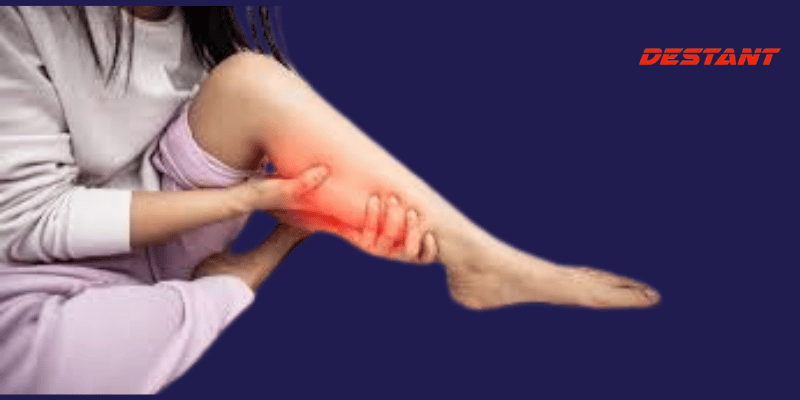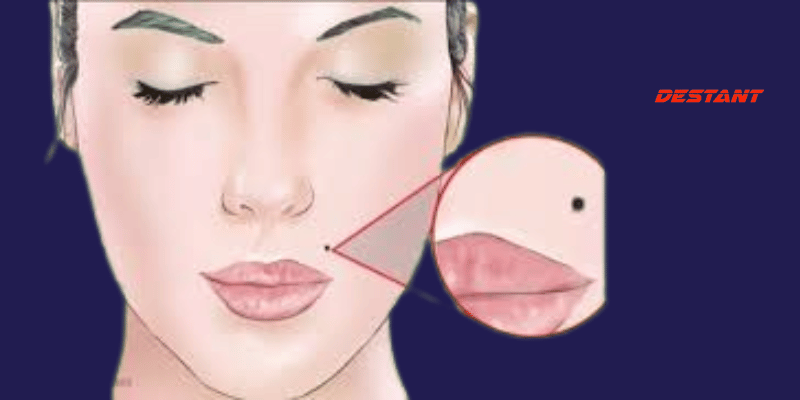Why your legs cramp at night and how to prevent it
Leg cramps at night, often called nocturnal leg cramps, are painful muscle spasms that can disrupt sleep. These cramps commonly affect the calves, thighs, or feet, and their exact cause isn’t always clear. However, a mix of lifestyle, health, and physiological factors contribute to this discomfort. Let’s explore the reasons behind these cramps and actionable steps to prevent them.
Why Do Legs Cramp at Night?
Dehydration
Lack of fluids can impair muscle function and cause spasms.
Electrolyte imbalances, particularly low magnesium, potassium, or calcium levels, are culprits. Inactivity or Overuse
Long periods of sitting or standing can strain muscles.
Strenuous exercise without proper stretching may lead to cramps.
Poor Circulation
Restricted blood flow reduces oxygen supply to muscles, leading to spasms.
This may be linked to conditions like peripheral artery disease.
Sleep Position
Sleeping with your feet pointed can shorten calf muscles and trigger cramps.
Underlying Medical Conditions
Diabetes, kidney disease, or hypothyroidism can contribute to cramping.
Neurological disorders or medications (e.g., diuretics, statins) can also play a role.
How to Stop Leg Cramps at Night
Stretching Before Bed
Gentle stretches target the calves and hamstrings, relaxing muscles before sleep.
Example: Stand with hands on a wall and stretch one leg behind, holding for 20–30 seconds.
Stay Hydrated
Drink water consistently throughout the day.
Replenish electrolytes if you sweat heavily.
Adjust Your Sleep Position
Avoid pointing your toes while sleeping.
Use a pillow under your knees or feet to support better posture.
Regular Exercise
Include low-impact activities like walking or swimming to improve muscle endurance.
Avoid overworking muscles, especially late in the evening.
Heat and Massage Therapy
Use a heating pad or warm towel to relax muscles.
Gentle massage can alleviate cramps and improve circulation.
When to See a Doctor
If cramps occur frequently, are severe, or accompany other symptoms like swelling or numbness, consult a healthcare provider. These signs might indicate an underlying health issue that requires treatment. By staying hydrated, stretching, and adjusting your sleep habits, you can minimize the chances of night leg cramps interrupting your rest. Small changes can make a big difference in your comfort and quality of sleep.



